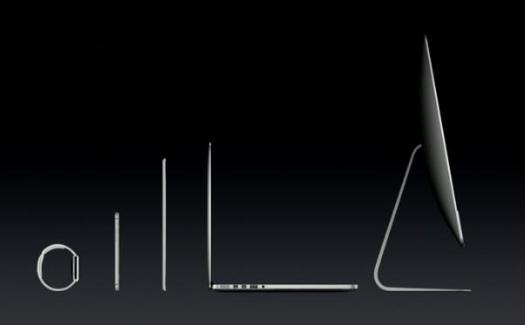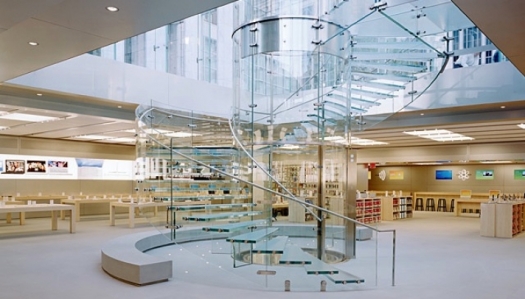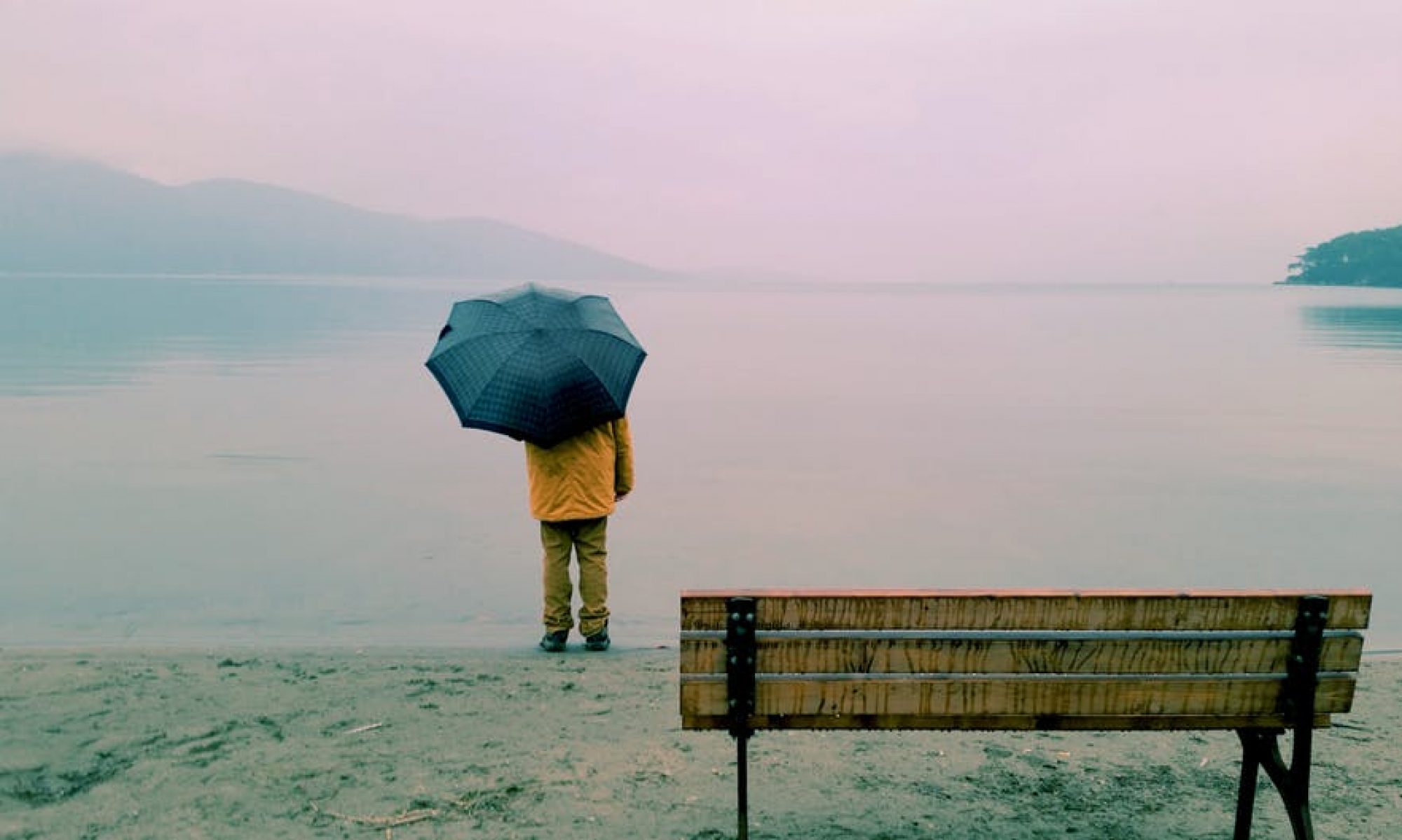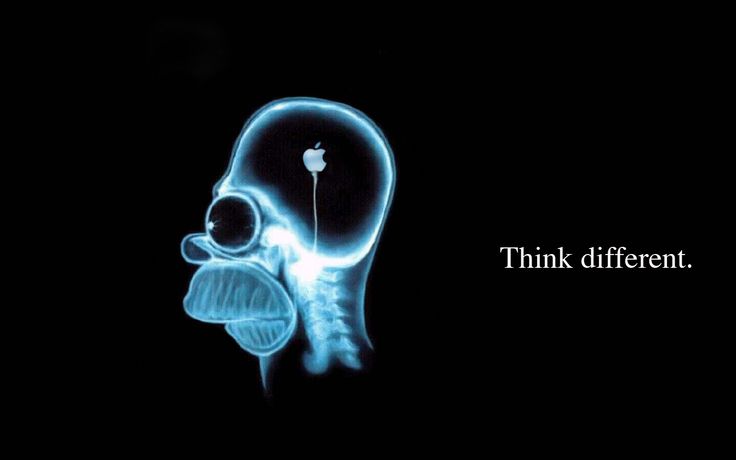One element of the Marketing Mix is “The Place”. The place, is the process and methods used to bring the product or service to the consumer.
I want to focus at this point because I think is very interesting to know how Apple is doing the customer experience in the store.
Apple has grown to become the most valuable company in the world. The company now has millions of customers around the world visiting the retail stores every day.
On 19 of May 2001, the first two Apple retail store opened in Tysons Corner Center, Virginia and California. Apple placed that particular stores with the utmost care in a high-profile, high-traffic location: Tysons Corner Center in McLean, Virginia, a wealthy Washington, D.C. suburb. Tysons Corner had the distinction of being one of the most upscale malls in Fairfax County, then the richest county in the U.S The California store, somewhat ironically designated “store 001” in Apple’s books, opened three hours behind its Virginia cousin due to time zone differences.

But why those two locations?
Their locations were strategically planned ahead of time. Rumors of a complex algorithm for selecting store sites persist to this day, but to put it simply, Apple followed the smell of money—and the people that have the most of it.
After a few false starts, he realized that Apple should focus on the overall experience of using the products and, most importantly, the solutions they can provide to the customer. They could dedicate sections of the store for customers to actually use the products so they could see these different solutions in action. He referred to this concept as the “Apple lifestyle.”
Experience In-store
The consumers today are more into experiences than simply buying products off of shelves, than Apple may be onto something with its new generation design focused on transforming its locations into something akin to “town squares.”
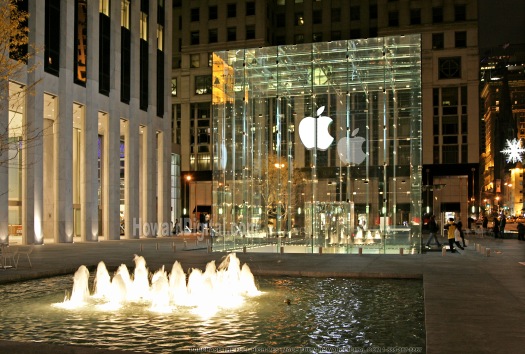
Angela Ahrendts, Apple’s senior vice president of retail, told attendees at Fortune’s Most Powerful Women Summit that the company’s new generation of stores is more about enriching the lives of its customers than simply selling them things.
Apple was one of the first retailers to recognize that a store isn’t just a place to sell merchandise. These plans are no more than an extension of what has already been implemented. And all retailers should look at it carefully. This is the future of brick-and-mortar retailing.
Design of Apple stores
The design of the apple stores change the concept and actually the Union Square store in San Francisco show to everyone the new concept for the Apple stores.
Angela Ahrendts became clear very quickly that Apple kept its attention to detail in the design of the location, but completely rethought how it functioned
Apple renamed it the Genius Grove and added trees and seating, which gives it a more relaxed look and feel. It’s calming.

Interestingly enough, given our obsession with designers as celebrities, as Apple rolled out store after store around the world, there was never much discussion of just who made this design magic happen. Apple’s genius was to make state-of-the-art products that were both beautiful and user-friendly, but it wasn’t necessarily easy to translate the company’s perfectionist aesthetic into an architectural vocabulary that was humane instead of chilly.
The architects helped to create an instantly recognizable visual language. The firm was also able to adapt it to a variety of architectural types that responded to their settings: stores like Fifth Avenue and Shanghai, which were largely underground and accessed via spectacular glass entrances; contemporary interiors inserted into sensitively-restored historic buildings (the Covent Garden store in London, or the award-winning renovation of a 1922 Beaux-Arts bank on Madison Avenue); and more recently, the freestanding “pavilions” in Aix-en-Provence, France; Portland, Oregon; Omotesando, Tokyo and the Stanford Shopping Center in Palo Alto.
